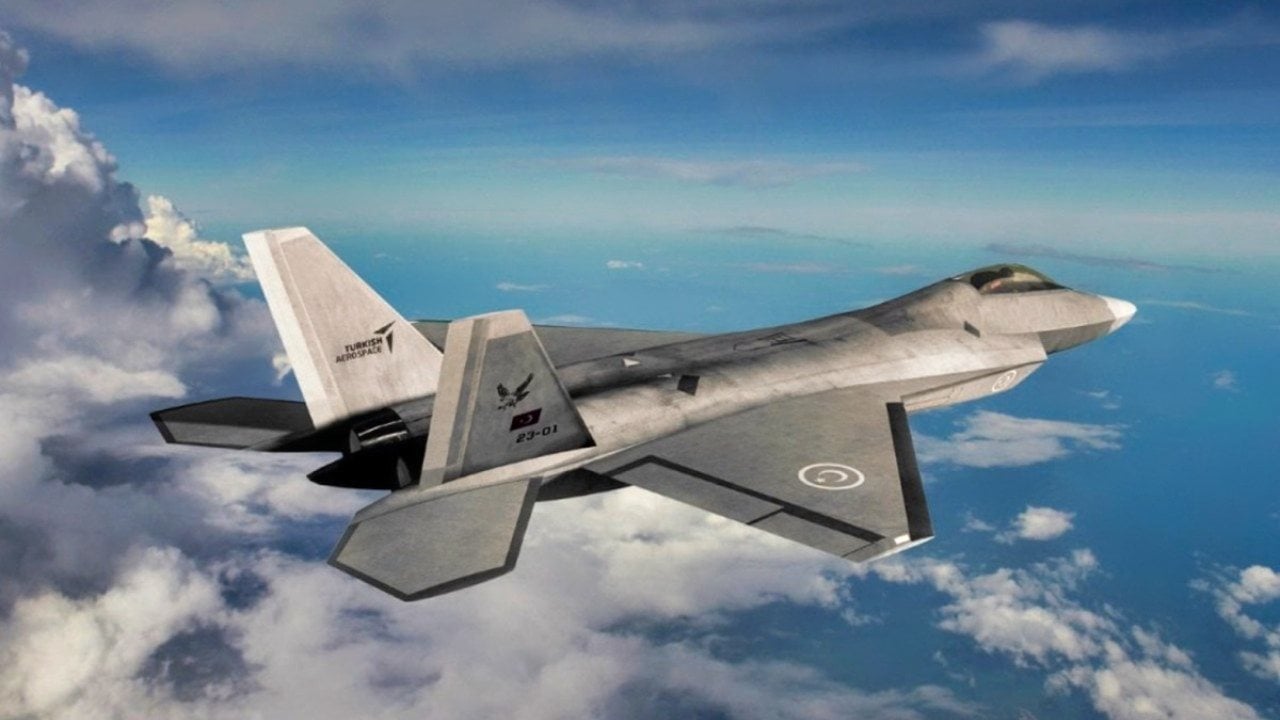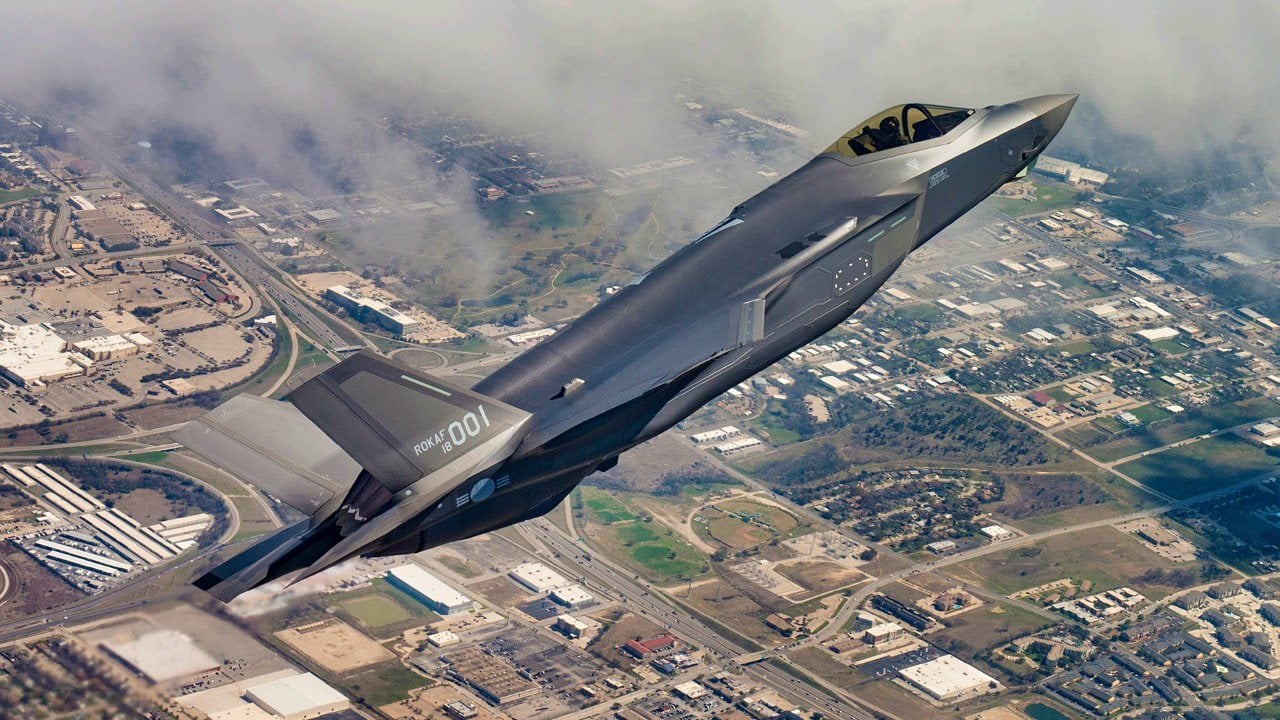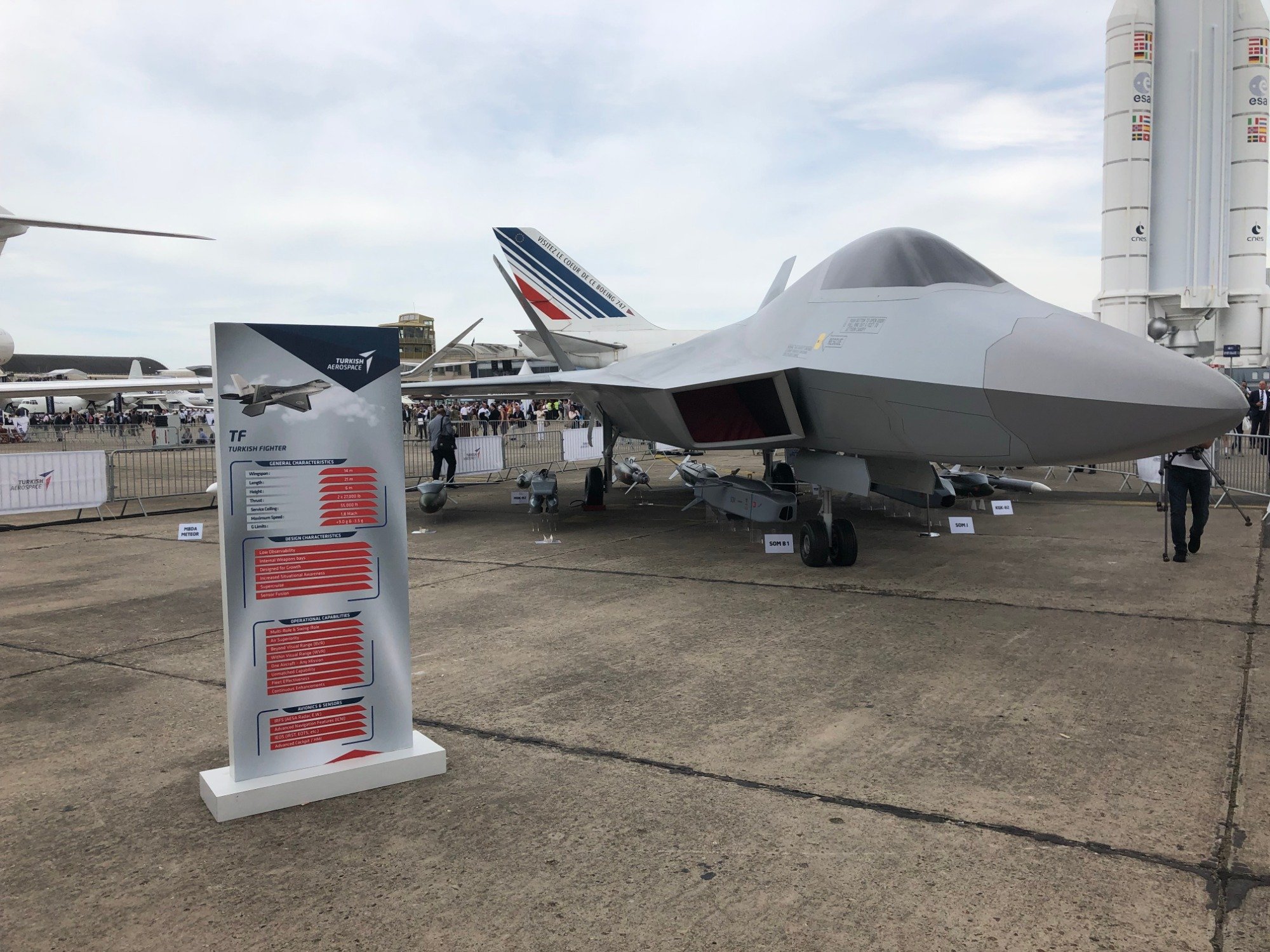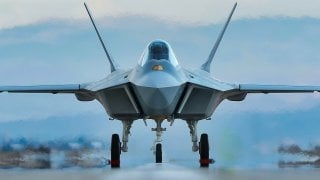Turkey Says TAI TF-X Stealth Fighter Is Better Than F-35
Turkey's TAI TF-X, a homegrown stealth fighter, recently completed its maiden flight. Initiated in 2010 to replace Turkey's aging F-16 fleet, the TF-X aims to rival the capabilities of the F-35 Lightning II.
Summary: Turkey's TAI TF-X, a homegrown stealth fighter, recently completed its maiden flight. Initiated in 2010 to replace Turkey's aging F-16 fleet, the TF-X aims to rival the capabilities of the F-35 Lightning II.

Key Details:
The project gained urgency after Turkey was excluded from the Joint Strike Fighter program due to its acquisition of Russia's S-400 air defense systems.
While details remain scarce, the TF-X prototype reveals advanced features, including a sensor configuration suggesting an infrared search-and-track system. Analysts remain cautious, noting that true capabilities will only be confirmed upon the aircraft's official service introduction.
Ever since the U.S. introduced the world’s first fifth-generation platform, the F-22, other nations have been working hard to catch up. The U.S. followed up on the F-22 with the F-35 Lightning II, widely considered the most capable combat aircraft anywhere. China and Russia finally introduced their own stealth counterparts, the Chengdu J-20 and Sukhoi Su-57. Now, Turkey is making progress on its homegrown stealth fighter, the TAI TF-X.
Earlier this month, the Turkish prototype took its maiden flight. Powered by two engines borrowed from an F-16 Fighting Falcon, the jet’s flight reportedly succeeded. In fact, a retired Turkish colonel went so far as to state that the nation’s upcoming stealth fighter will field even greater capabilities than the F-35 Lightning II.

While the Turks are certainly optimistic about the TF-X, this is untested hyperbole.
Introducing the TAI TF-X
Turkey’s Defense Industry Executive Committee first decided to produce a next-generation air superiority fighter in 2010. Ankara’s existing fleet of F-16s is aging rapidly, so securing a replacement platform is essential for the country. Turkey’s armed forces penned an agreement with TAI for the conceptual development of basic capabilities. Local manufacturers TAI and TUSAS Engine Industries were selected to design and produce the fighter jet. The aircraft was meant to operate alongside other platforms, including, at that time, the F-35.
Ankara was a member of the Joint Strike Fighter’s nine-nation co-development group and was expected to receive deliveries of these fighters to replace its A-4 Terminator fleet. However, Turkey was kicked out of the JSF program after procuring Russia’s S-400 air defense systems. The U.S. and NATO determined that the F-35 cannot coexist with a platform that could operate as a Russian intelligence collection vehicle.
What We Know About the Fighter
While little information has been divulged surrounding the TF-X fighter, photographs of the prototype were released by Ankara’s Defense Industry Agency last year. The images depicted an aircraft with a novel sensor configuration positioned at its front end, which suggests the inclusion of an infrared search-and-track sensor system.

In 2019, a pre-production prototype of the fighter was released at the Paris Air Show. At the time, TAI claimed that the fighter could reach speeds over Mach 2.0 and could be equipped with avionics and sensors just as sophisticated as those included in the F-35.
Until the TF-X fighter is officially introduced to service, analysts have limited information to speculate about the platform’s true capabilities.
About the Author:
Maya Carlin, National Security Writer with The National Interest, is an analyst with the Center for Security Policy and a former Anna Sobol Levy Fellow at IDC Herzliya in Israel. She has by-lines in many publications, including The National Interest, Jerusalem Post, and Times of Israel. You can follow her on Twitter: @MayaCarlin.
All images are Creative Commons.


